Home>Garden Essentials>How To Plant Bermuda Seeds
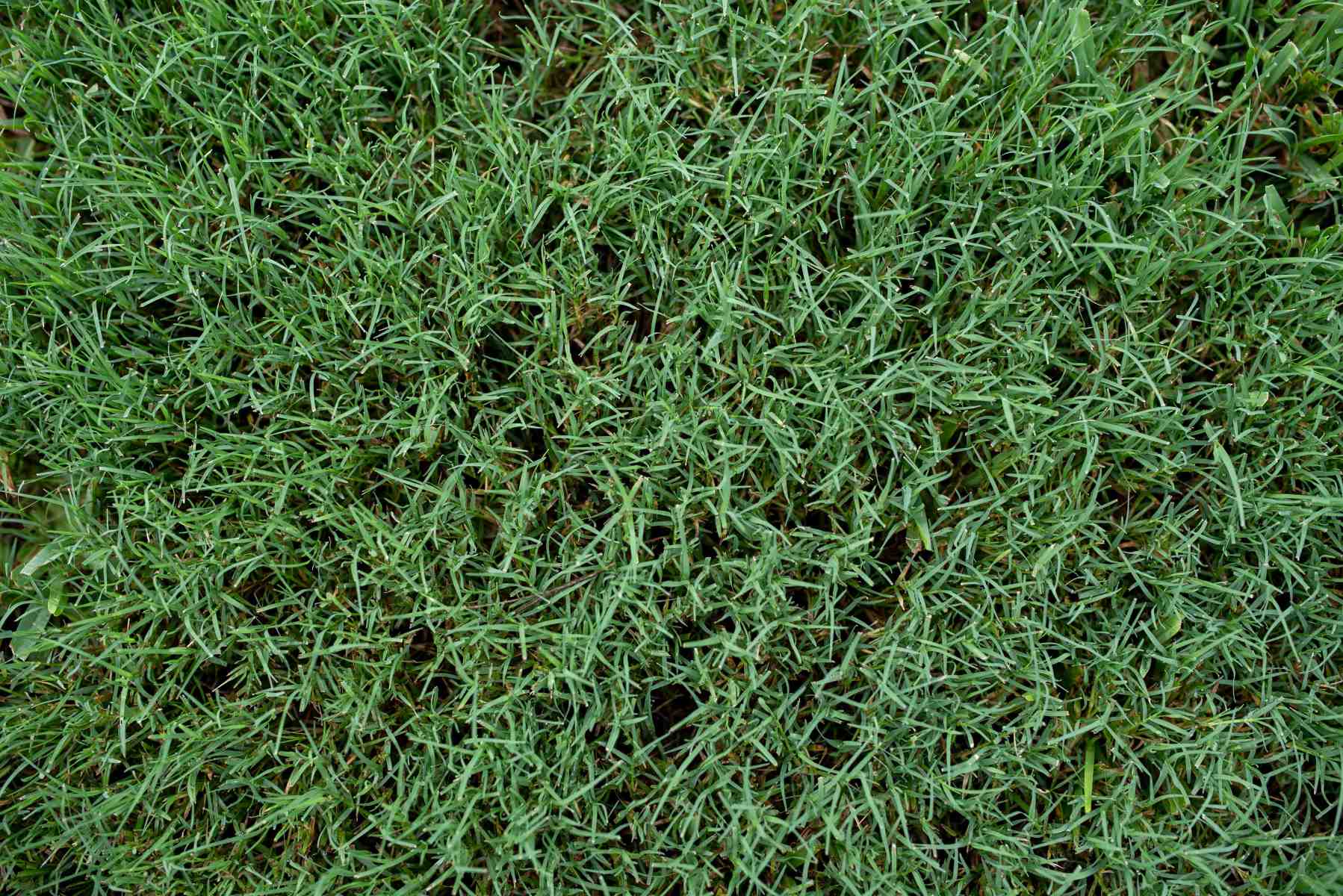

Garden Essentials
How To Plant Bermuda Seeds
Modified: March 29, 2024
Learn the best techniques for planting Bermuda seeds in your garden. Our step-by-step guide will help you achieve a lush and vibrant garden with ease.
(Many of the links in this article redirect to a specific reviewed product. Your purchase of these products through affiliate links helps to generate commission for Storables.com, at no extra cost. Learn more)
Introduction
Welcome to the world of gardening! There is something truly satisfying about cultivating your own plants and watching them grow. Whether you are a seasoned gardener or a beginner with a green thumb, learning how to plant Bermuda seeds can be a rewarding experience. Bermuda grass is a popular choice for lawns, sports fields, and golf courses due to its ability to withstand drought, heat, and heavy traffic.
In this article, we will guide you through the process of planting Bermuda seeds and provide you with valuable tips to ensure successful growth. From choosing the right time to preparing the soil and maintaining your lawn, we have got you covered.
Before diving into the details, it is important to note that Bermuda grass is a warm-season grass, meaning it thrives in warm temperatures (between 75°F and 90°F or 24°C to 32°C) and full sun exposure. If you live in a region with cool winters, it’s best to plant Bermuda seeds in early spring when the soil temperature reaches around 65°F or 18°C.
Now that you have a basic understanding of Bermuda grass and its ideal growing conditions, let’s explore the step-by-step process of planting Bermuda seeds.
Key Takeaways:
- Plant Bermuda seeds in early spring for best results, ensuring soil temperature is around 65°F. Prepare soil, choose quality seeds, and water regularly for a lush and resilient Bermuda grass lawn.
- Maintain Bermuda grass by mowing at the right height, watering deeply, and preventing weeds and pests. Regular care and attention will result in a healthy and vibrant lawn.
Read more: When To Plant Bermuda Seeds
Choosing the Right Time
The key to successful Bermuda grass growth is planting the seeds at the right time. This ensures that the seeds have optimal conditions to germinate and establish a healthy lawn. While Bermuda grass is a warm-season grass, the specific timing may vary depending on your geographical location.
As mentioned earlier, the ideal time to plant Bermuda seeds is in early spring when the soil temperature reaches around 65°F or 18°C. This allows the seeds to take advantage of the warm weather and establish strong roots before the hot summer months arrive.
However, if you missed the spring planting window, don’t worry. Bermuda grass also has a good tolerance for heat, and you can still plant the seeds in late spring or early summer. Just keep in mind that the germination and establishment process may take a bit longer during the hotter months.
It’s important to avoid planting Bermuda grass seeds in the fall or winter, especially in regions with cold winters. Bermuda grass goes dormant during the winter months, and planting seeds during this time will result in poor germination and weak growth.
Before moving on to the next step, make sure to check your local climate and consult with expert gardeners or local agricultural extension services for specific recommendations. They will provide valuable insights into the best time to plant Bermuda seeds in your area.
Remember, timing is crucial when it comes to planting Bermuda seeds. By choosing the right time, you give your lawn the best chance to establish and thrive.
Preparing the Soil
Once you have determined the right time to plant Bermuda seeds, it’s important to prepare the soil properly. Good soil preparation creates a favorable environment for seed germination and ensures that the Bermuda grass roots can penetrate deeply for optimal growth.
Here are the steps to follow for preparing the soil:
- Clear the area: Start by removing any existing vegetation, such as weeds or old grass. Use a garden rake or a shovel to clear the area thoroughly.
- Test the soil: Conduct a soil test to determine the nutrient content and pH level of the soil. Bermuda grass prefers a slightly acidic soil with a pH level between 6 and 7. If necessary, amend the soil by adding lime to raise the pH or sulfur to lower it.
- Aerate the soil: Aerating the soil helps loosen it and improve drainage. Use a garden fork or an aerator to create small holes throughout the area. This allows air, water, and nutrients to reach the grass roots more easily.
- Remove rocks and debris: While aerating, remove any rocks, roots, or debris found in the soil. These can hinder the growth of Bermuda grass and make it difficult for the seeds to establish root systems.
- Level the surface: Use a rake or a leveling tool to smoothen the surface of the soil. This ensures an even distribution of the Bermuda grass seeds and helps prevent water pooling or uneven growth.
- Apply organic matter: Adding organic matter, such as compost or well-rotted manure, to the soil improves its structure and provides nutrients for the growing Bermuda grass. Spread a layer of organic matter over the prepared soil and mix it in thoroughly.
By following these steps, you will create an optimal environment for the Bermuda grass seeds to germinate and grow. Taking the time to prepare the soil properly will greatly increase your chances of success in establishing a healthy and vibrant Bermuda grass lawn.
Seed Selection and Purchase
When it comes to planting Bermuda seeds, selecting the right seed variety is crucial for achieving the desired results. There are several factors to consider when choosing Bermuda grass seed, including climate suitability, desired characteristics, and seed quality.
Here are some key considerations to keep in mind:
- Climate suitability: Ensure that the Bermuda seed variety you select is suitable for your climate. Different varieties have different tolerances to heat, drought, and cold weather. Consult with local garden centers, agricultural extension services, or fellow gardeners to determine which variety will thrive in your specific region.
- Desired characteristics: Consider the specific characteristics you desire in your Bermuda grass lawn. For example, some varieties are known for their fine texture, while others are prized for their durability and ability to withstand heavy foot traffic. Research different varieties and choose one that aligns with your preferences.
- Seed quality: Ensure that the Bermuda grass seeds you purchase are of high quality. Look for reputable seed suppliers who specialize in turfgrasses. Check the packaging for information about seed purity and germination rates. It’s worth investing in quality seeds to ensure better establishment and long-term success.
- Quantity: Calculate the amount of Bermuda grass seed you will need based on the size of the area you are planning to plant. Most seed packages provide guidelines for coverage, but it’s always better to err on the side of caution and buy slightly more than necessary.
When it comes to purchasing Bermuda grass seed, you have a few options. You can visit your local garden center or nursery, where you can get expert advice and choose from a selection of seeds. Another option is to purchase seeds online from reputable seed suppliers. Online shopping allows you to compare different varieties and read customer reviews before making a decision.
Remember, selecting the right Bermuda grass seed variety is an important step in achieving a successful lawn. Consider your climate, desired characteristics, and seed quality to make an informed decision. By investing in quality seeds, you are setting yourself up for a lush and healthy Bermuda grass lawn.
Seedbed Preparation
Before planting Bermuda seeds, it’s essential to prepare a well-prepared seedbed. A properly prepared seedbed provides an ideal growing environment for the seeds, allowing them to establish roots and germinate successfully. Here are the steps to follow for seedbed preparation:
- Rake the soil: Use a rake to remove any remaining debris or rocks from the soil surface. This helps create a smooth and level seedbed for optimal seed-to-soil contact.
- Break up the clumps: If the soil contains large clumps, break them up with a garden fork or a soil cultivator. Smaller clumps provide a better environment for seed germination and root growth.
- Remove weeds: Take the time to remove any existing weeds or grass in the seedbed area. Use a garden hoe or hand-pull the weeds, ensuring that the area is clear of any competition for nutrients and space.
- Smooth the surface: After removing weeds, use a rake to smooth the surface of the soil. This step helps to create an even seedbed and promotes even germination and growth of the Bermuda grass.
- Loosen the soil: Using a garden fork or a tiller, lightly loosen the top layer of the soil. This helps to break up compacted soil and allows the Bermuda grass roots to penetrate easily.
- Remove large rocks: Take the time to remove any large rocks or stones that may hinder root growth or make it difficult to distribute the seeds evenly.
- Level the seedbed: Finally, use a rake or a leveling tool to ensure that the seedbed is evenly leveled. This promotes uniform seed coverage and prevents water from pooling in certain areas.
By diligently preparing the seedbed, you create the ideal conditions for Bermuda grass seed germination and establishment. Taking the extra time to prepare the seedbed will significantly increase the chances of a successful and thriving Bermuda grass lawn.
Read more: When To Plant Bermuda Grass Seed
Planting the Seeds
Now that you have prepared the seedbed, it’s time to start planting the Bermuda grass seeds. Proper seed planting ensures even distribution and allows for maximum germination. Follow these steps to plant Bermuda grass seeds effectively:
- Choose the right seeding method: There are two common methods for planting Bermuda grass seeds: broadcast seeding and using a seed spreader. Broadcast seeding involves evenly spreading the seeds by hand, while a seed spreader provides a more controlled and uniform distribution. Choose the method that works best for you based on the size of your lawn and your personal preferences.
- Determine the seeding rate: Refer to the packaging or seed supplier’s recommendations to determine the appropriate seeding rate for the Bermuda grass variety you have chosen. Typically, the recommended rate is around 2-3 pounds of seed per 1,000 square feet.
- Divide the area: Divide your lawn into smaller sections for easier seed distribution. This ensures that you evenly distribute the seeds and avoid over- or under-seeding certain areas.
- Start seeding: Begin spreading the Bermuda grass seeds according to the recommended rate. If using the broadcast method, walk in a steady pace while swinging your arm back and forth to disperse the seeds evenly. If using a seed spreader, adjust the spreader settings according to the recommended rate and walk in straight lines across the divided sections.
- Overseed bare spots: Pay extra attention to any bare spots or thin areas in your lawn. Sprinkle a bit more seeds in those spots to encourage better coverage and fill in the gaps.
- Rake the seeds: After spreading the seeds, use a rake to lightly rake the soil surface. This helps to ensure good seed-to-soil contact, which is crucial for germination. Avoid burying the seeds too deep; a light raking is sufficient.
- Water the seeded area: Immediately after planting the Bermuda grass seeds, water the seeded area thoroughly. This helps to settle the seeds into the soil and initiate the germination process. Use a fine mist or gentle spray to avoid washing the seeds away. Keep the soil moist, but not overly saturated, throughout the germination period.
Remember to follow the recommended seeding rate, divide the area into sections, and provide adequate watering to ensure successful germination and establishment of Bermuda grass seeds. With proper planting, you’ll be on your way to a lush and beautiful Bermuda grass lawn.
Plant Bermuda seeds in well-draining soil with full sun. Keep the soil consistently moist until the seeds germinate. Avoid overwatering to prevent rot.
Watering and Maintenance
Once you have planted Bermuda grass seeds, proper watering and maintenance are essential for the growth and health of your lawn. Bermuda grass requires consistent moisture, especially during the germination and establishment stages. Here are some guidelines for watering and maintaining your Bermuda grass:
- Watering: Water the seeded area regularly to keep the soil moist. Initially, water the lawn lightly and frequently to prevent the soil from drying out. Gradually transition to deeper, less frequent watering as the Bermuda grass establishes and the roots grow deeper. Aim for approximately 1 inch of water per week, including rainfall.
- Deep watering: When watering, make sure to provide deep irrigation to encourage deep root growth. This helps the Bermuda grass develop a strong and robust root system, making it more resistant to drought conditions.
- Avoid overwatering: While Bermuda grass requires regular watering, it’s important to avoid overwatering. Overwatering can lead to shallow root growth, increased weed growth, and disease susceptibility. Allow the soil to dry out slightly between waterings to promote healthy root development.
- Maintain proper mowing height: As the Bermuda grass grows, it’s important to maintain the proper mowing height. Bermuda grass thrives when mowed at a height of around 1 to 1.5 inches (2.5 to 3.8 cm). Regular mowing helps to control weed growth and encourages lateral spreading, resulting in a denser and fuller lawn.
- Remove weeds: Keeping your Bermuda grass free of weeds is crucial for its overall health and appearance. Regularly inspect your lawn and hand-pull any weeds that appear. Be cautious when using herbicides, as some products can harm Bermuda grass. Consult with experts or read the instructions carefully before applying any weed control products.
- Fertilize appropriately: Bermuda grass requires regular fertilization to thrive. Use a slow-release fertilizer specifically formulated for Bermuda grass during the active growing season. Follow the recommended application rate and timing provided on the fertilizer packaging. Avoid over-fertilization, as this can lead to excessive growth and increased maintenance needs.
- Aerate and dethatch: Occasionally, it’s beneficial to aerate the Bermuda grass lawn to relieve soil compaction and improve air exchange to the roots. Additionally, dethatching can help remove excessive thatch buildup, allowing the grass to receive better access to water, air, and nutrients.
By following these watering and maintenance practices, you will provide optimal care for your Bermuda grass lawn. Consistent watering, proper mowing, weed control, and fertilization will result in a lush, healthy, and visually appealing Bermuda grass lawn that you can enjoy for years to come.
Fertilization
Fertilization plays a crucial role in maintaining the health and vibrancy of Bermuda grass lawns. Proper fertilization provides the necessary nutrients that may be lacking in the soil and helps promote strong growth, color, and overall vigor. Here are some key considerations for fertilizing your Bermuda grass:
- Soil Testing: Before applying any fertilizer, it’s beneficial to conduct a soil test to determine the nutrient levels and pH balance of your soil. This will help you determine the specific fertilization needs of your Bermuda grass lawn.
- Nutrient Requirements: Bermuda grass typically requires nitrogen (N), phosphorus (P), and potassium (K) in varying proportions. Nitrogen is essential for promoting leaf and shoot growth, while phosphorus supports root development and overall plant health. Potassium aids in stress tolerance and disease resistance.
- Timing: The timing of fertilization is crucial for Bermuda grass. It is best to apply fertilizer when the grass is actively growing, typically during the spring and early summer months. Avoid fertilizing in the fall when Bermuda grass enters its dormant phase.
- Application Rate: Follow the instructions on the fertilizer packaging for the recommended application rate. Over-fertilizing can lead to excessive growth, nutrient runoff, and environmental pollution. Applying too little fertilizer may result in nutrient deficiencies.
- Application Method: Fertilizers can be applied by broadcasting evenly across the lawn or using a drop or rotary spreader for more controlled application. Ensure even distribution to avoid patchy growth.
- Irrigation: After fertilizing, water the lawn thoroughly to activate the fertilizer and prevent potential burn or damage to the grass blades. Watering immediately after application helps to carry the nutrients into the soil and root zone of the Bermuda grass.
- Slow-Release Fertilizers: Consider using slow-release fertilizers for Bermuda grass lawns. These types of fertilizers release nutrients gradually over time, providing a steady supply of nutrients to the grass over an extended period.
- Fertilizer Schedule: Develop a fertilization schedule based on the needs of your Bermuda grass and the recommendations provided by the soil test. A typical schedule may involve three or four applications per year, spaced out to provide a consistent supply of nutrients.
- Weed and Feed: Some fertilizers are formulated as weed and feed products, which contain herbicides to control weeds while providing essential nutrients to the Bermuda grass. These products can be convenient for addressing weed issues while fertilizing the lawn simultaneously.
Remember, proper fertilization is crucial for the health and vitality of your Bermuda grass lawn. By understanding the nutrient requirements, following a fertilization schedule, and using appropriate fertilizers, you can ensure that your lawn remains lush, vibrant, and resilient throughout the growing season.
Weed Control
Maintaining a weed-free Bermuda grass lawn is essential for its health, appearance, and overall longevity. Weeds can compete with Bermuda grass for nutrients, water, and sunlight, leading to weakened growth and an unsightly lawn. Here are some effective strategies for weed control in your Bermuda grass:
- Prevention: The best defense against weeds is prevention. A thick, healthy Bermuda grass lawn acts as a natural barrier, minimizing weed growth. Follow proper maintenance practices, such as regular mowing, fertilization, and watering, to promote dense grass growth that limits weed establishment.
- Mowing Height: Maintaining the correct mowing height for Bermuda grass is important for weed control. Bermuda grass should be mowed at a height of around 1 to 1.5 inches (2.5 to 3.8 cm). This helps ensure adequate sunlight reaches the grass and minimizes shaded areas where weeds can thrive.
- Proper Watering: Consistent and proper irrigation is essential for healthy Bermuda grass growth and weed control. Avoid overwatering, as it can create favorable conditions for weeds to flourish. Water deeply but infrequently to encourage deep root growth in Bermuda grass, making it stronger and more resistant to weed invasion.
- Hand-Pulling: For small weed infestations, hand-pulling can be an effective method of control. Ensure that you remove the entire weed, including the roots, to prevent regrowth. It’s best to pull weeds after rainfall or irrigation, when the soil is softer, making it easier to remove the entire plant.
- Selective Herbicides: When faced with larger weed populations or persistent weed issues, selective herbicides designed specifically for Bermuda grass can be used. These herbicides target broadleaf weeds without harming the Bermuda grass. Follow the instructions carefully and apply the herbicides when weeds are actively growing to maximize effectiveness.
- Pre-emergent Herbicides: Pre-emergent herbicides are effective in controlling weeds before they germinate. Apply these herbicides during the spring, before weed seedlings emerge, to prevent their establishment. Note that pre-emergent herbicides can also inhibit Bermuda grass seed germination, so use caution when applying them when establishing new lawns from seeds.
- Regular Inspections: Routinely inspect your Bermuda grass lawn for any signs of weed growth. Early detection and prompt action can prevent weeds from spreading and becoming more challenging to control.
- Overseeding: Overseeding thin areas of your Bermuda grass lawn can help fill in gaps and reduce the space available for weeds to grow. Ensure that the overseeded grass is compatible with Bermuda grass and follow proper overseeding practices to avoid damaging the existing grass.
- Professional Help: If you find it challenging to control persistent weed issues or have a large weed population, consider seeking professional help from experienced lawn care specialists. They can provide expert advice and implement effective weed control measures specific to your Bermuda grass lawn.
By implementing these weed control strategies, you can maintain a healthy, vibrant Bermuda grass lawn that is free from invasive weeds. Regular maintenance, proactive prevention, and targeted weed control measures will help your Bermuda grass thrive and create a lush and attractive landscape.
Read more: When To Plant Bermuda Grass Seed In Texas
Pest and Disease Prevention
Maintaining a healthy Bermuda grass lawn involves not only addressing weeds but also preventing and managing pests and diseases that can damage the turf. By implementing proactive measures and practicing good lawn care habits, you can minimize the risk of pest infestations and disease outbreaks. Here are some key strategies for pest and disease prevention in your Bermuda grass:
- Maintain proper lawn care practices: Keeping your Bermuda grass in optimal health is the first line of defense against pests and diseases. Follow appropriate mowing, watering, and fertilization practices to promote a dense, actively growing turf that can better withstand potential pest attacks and diseases.
- Soil preparation: Start with a well-prepared soil bed before planting Bermuda grass. Well-draining soil, proper pH levels, and balanced nutrient content create an environment less prone to disease development and pest infestations.
- Avoid over-fertilization: Excessive fertilization can lead to lush, tender growth that is more susceptible to certain pests and diseases. Follow recommended fertilization guidelines and avoid applying excessive amounts of nitrogen, which can encourage rapid but weak growth.
- Proper irrigation: Water your Bermuda grass deeply but infrequently to encourage deep root growth and minimize surface moisture that can attract pests and promote disease. Water in the early morning to give the grass blades time to dry out during the day, reducing the likelihood of disease development.
- Pest monitoring: Regularly inspect your lawn for signs of pests such as grubs, armyworms, or chinch bugs. Look for chewed blades, yellowing patches, or unusual insect activity. Early detection allows for prompt intervention to prevent pest populations from becoming more problematic.
- Proper pest identification: If you notice signs of pest damage, accurately identify the pest before taking action. Different pests require specific treatment methods, so it’s important to determine the correct pest to choose the most effective control strategy.
- Integrated Pest Management (IPM) techniques: Implement integrated pest management strategies that prioritize biological, cultural, and physical controls over chemical pesticides. This approach focuses on long-term pest prevention and includes practices such as promoting beneficial insects, maintaining proper lawn health, and using targeted treatment options when necessary.
- Avoid overwatering: Overwatering not only creates favorable conditions for disease development but can also attract pests like water-loving insects. Practice proper irrigation techniques to prevent excessive moisture in the soil and minimize the risk of pest and disease issues.
- Clean lawn care equipment: Regularly clean and sanitize your lawn care equipment, including mowers, trimmers, and rakes, to prevent the spread of diseases from one area of your lawn to another.
- Pest-resistant grass varieties: Consider choosing Bermuda grass varieties known for their resistance to specific pests or diseases prevalent in your area. Consult with local experts or read up on recommended varieties to find those that are naturally more resistant to common issues in your region.
By implementing these pest and disease prevention strategies, you can maintain a healthy and beautiful Bermuda grass lawn. Regular monitoring, proactive lawn care, and targeted interventions when necessary will help prevent and manage potential pest and disease issues, contributing to the long-term success of your lawn.
Mowing and Maintenance
Mowing and maintenance are essential aspects of caring for your Bermuda grass lawn. Proper mowing techniques and regular upkeep are key to keeping your lawn healthy, attractive, and resilient. Here are some guidelines for mowing and maintaining your Bermuda grass:
- Mowing Height: Set your mower blades to a height of around 1 to 1.5 inches (2.5 to 3.8 cm) for Bermuda grass. Maintaining the correct mowing height helps promote healthy growth, reduces weed invasion, and encourages the development of a dense and lush turf.
- Mowing Frequency: Aim to mow your Bermuda grass lawn regularly, but don’t remove more than one-third of the grass height in a single mowing session. This ensures that you are not cutting the grass too short, which can stress the plants and impede their growth.
- Sharp Blades: Keep your mower blades sharp to achieve clean and precise cuts. Dull blades can tear the grass, creating ragged edges that are more susceptible to disease. Sharpen the blades at least once a season or whenever you notice a decrease in mowing efficiency.
- Mowing Pattern: Vary your mowing pattern each time you mow to prevent the grass from developing a grain and to promote more even growth. Alternating between vertical, horizontal, and diagonal patterns helps reduce soil compaction and improves aesthetic appeal.
- Clippings: Allow the grass clippings to remain on the lawn after mowing. They act as a natural mulch, returning nutrients back to the soil as they decompose. However, if the clippings are excessive and clump together, consider collecting them or raking them to prevent smothering of the grass.
- Edging: Regularly edge along sidewalks, driveways, and flower beds to create clean borders and prevent the Bermuda grass from encroaching into unwanted areas. This gives your lawn a well-manicured appearance and helps maintain its defined shape.
- Core Aeration: Consider aerating the Bermuda grass lawn once a year, especially if the soil is compacted. Core aeration helps improve air, water, and nutrient movement in the soil, promoting deeper root growth and overall lawn health.
- Weeding: Regularly inspect your lawn for weeds and promptly remove them by hand or use appropriate weed control methods. This prevents weeds from competing with the Bermuda grass for resources and ensures a uniform and aesthetically pleasing lawn.
- Overseeding: Over time, bare or thin spots may develop in your Bermuda grass lawn. Consider overseeding these areas with compatible Bermuda grass seed to promote a denser and more uniform lawn. Follow proper overseeding techniques and provide adequate watering for successful germination.
- Professional Maintenance: If you prefer, you can hire professional lawn care services to handle regular mowing and maintenance tasks. Professionals have the expertise and tools to maintain your Bermuda grass lawn in top condition, allowing you to enjoy a perfectly manicured lawn without the hassle.
By following these mowing and maintenance practices, you can ensure the long-term health and beauty of your Bermuda grass lawn. A well-maintained lawn not only enhances the overall aesthetics of your outdoor space but also contributes to the resilience and durability of the turf.
Conclusion
Congratulations on learning how to plant Bermuda seeds and caring for your Bermuda grass lawn! By following the steps outlined in this article, you are well on your way to establishing a beautiful, lush, and resilient Bermuda grass lawn. Remember, successful Bermuda grass growth requires attention to detail, patience, and consistent maintenance. Here is a recap of the key points covered:
- Choose the right time to plant Bermuda seeds, typically in early spring when the soil temperature reaches around 65°F or 18°C.
- Prepare the soil by clearing the area, testing the soil, aerating, removing rocks, and applying organic matter.
- Select high-quality Bermuda grass seeds suitable for your climate and desired lawn characteristics.
- Prepare a well-leveled seedbed for even seed distribution and optimal seed-to-soil contact.
- Plant the seeds using the broadcast method or a seed spreader, and lightly rake the soil surface.
- Water the seeded area immediately after planting and continue to water regularly, deepening as the grass establishes.
- Maintain the lawn through proper mowing, fertilization, weed control, pest and disease prevention, and regular inspections.
- Follow mowing guidelines, maintain your equipment, and consider professional help for larger maintenance tasks.
With dedication and proper care, your Bermuda grass lawn will thrive, providing you with a vibrant and inviting outdoor space. Keep in mind that lawn care is an ongoing process, and your efforts will be rewarded with a healthy and visually appealing lawn that you can enjoy year-round.
If you encounter specific challenges or have questions along the way, don’t hesitate to seek advice from local garden centers, fellow gardeners, or professional lawn care services. They can offer valuable insights and guidance tailored to your specific geographic region and lawn conditions.
Enjoy the journey of nurturing your Bermuda grass lawn and reaping the rewards of a beautiful and resilient outdoor space. Happy gardening!
Frequently Asked Questions about How To Plant Bermuda Seeds
Was this page helpful?
At Storables.com, we guarantee accurate and reliable information. Our content, validated by Expert Board Contributors, is crafted following stringent Editorial Policies. We're committed to providing you with well-researched, expert-backed insights for all your informational needs.
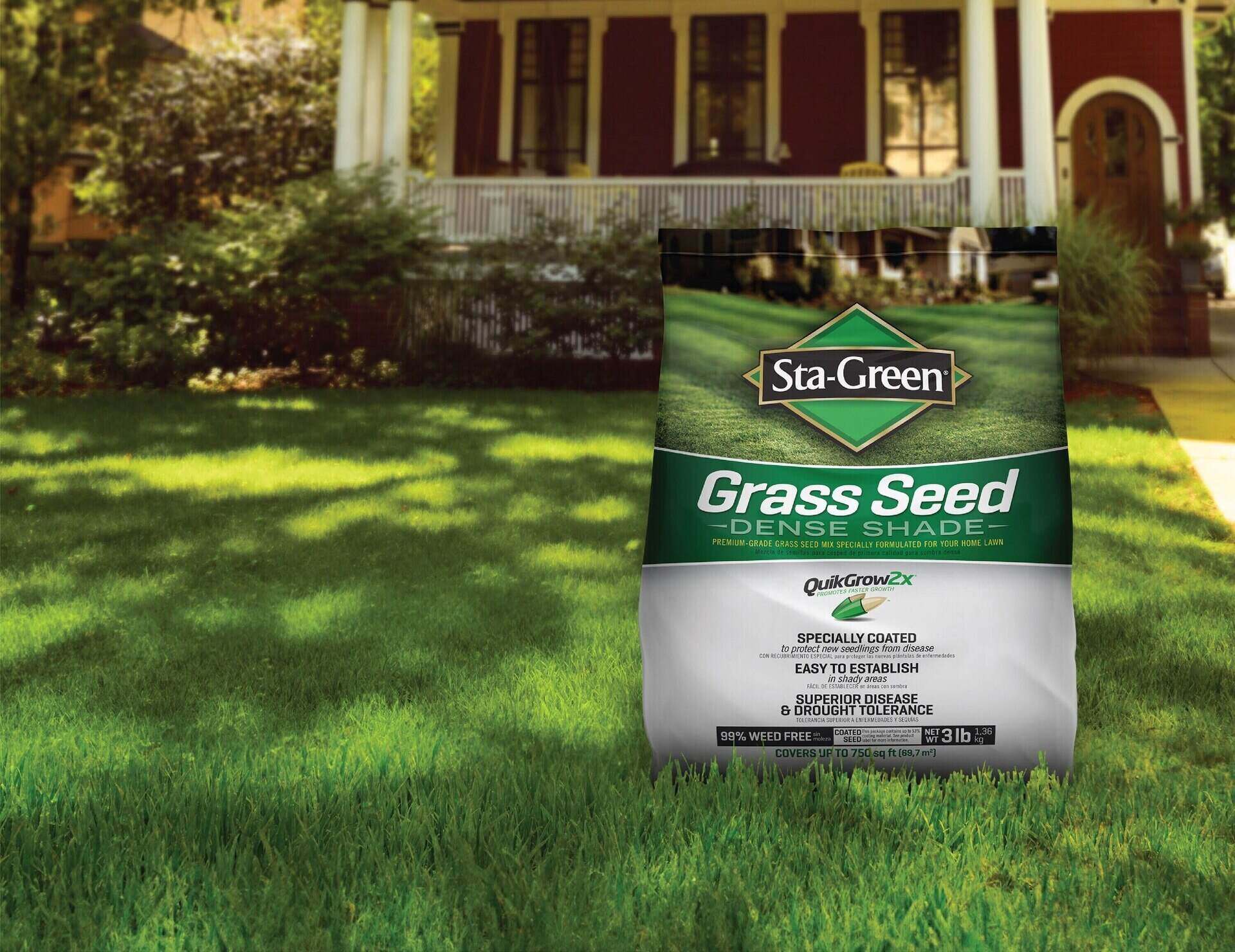
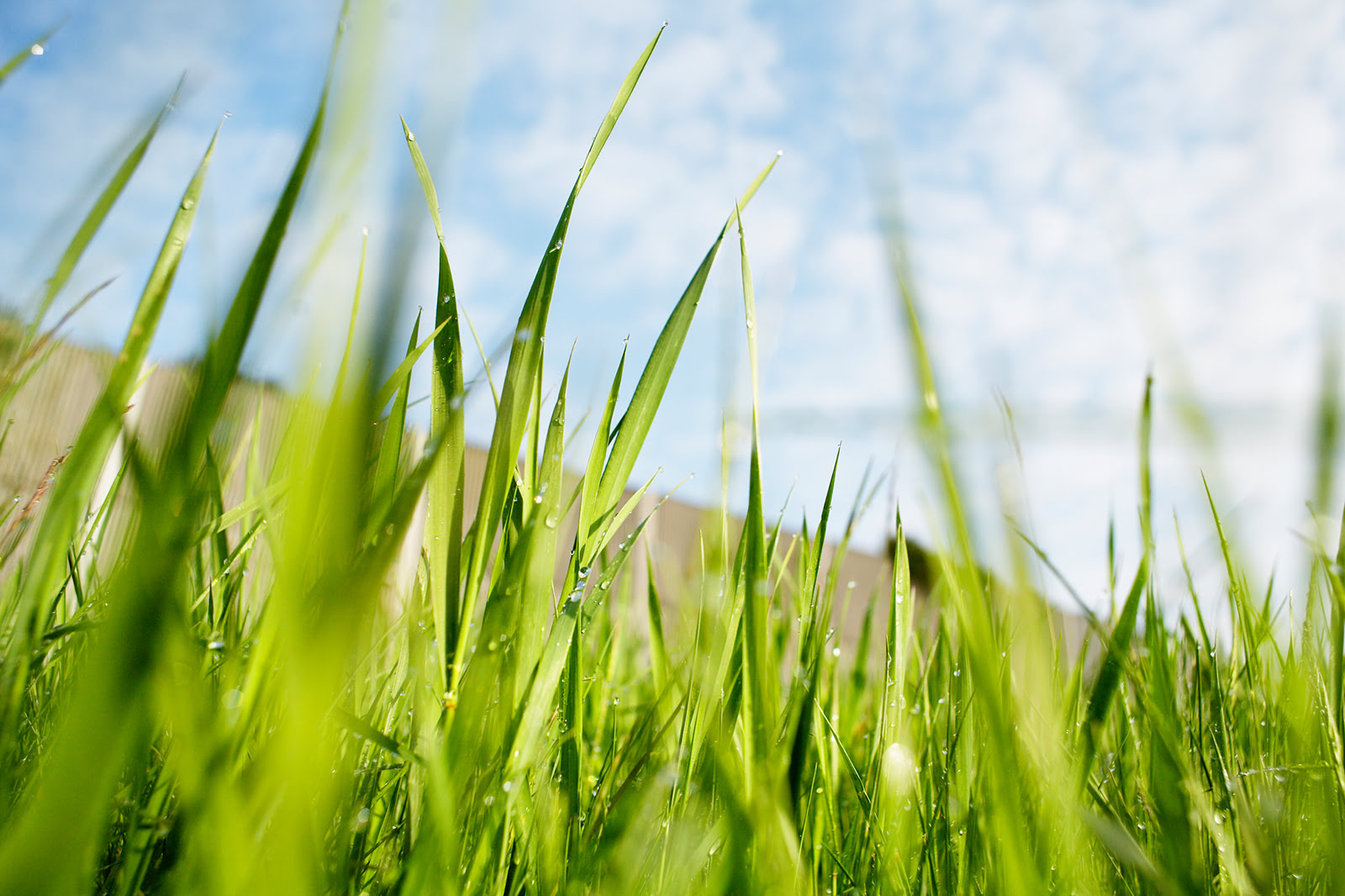
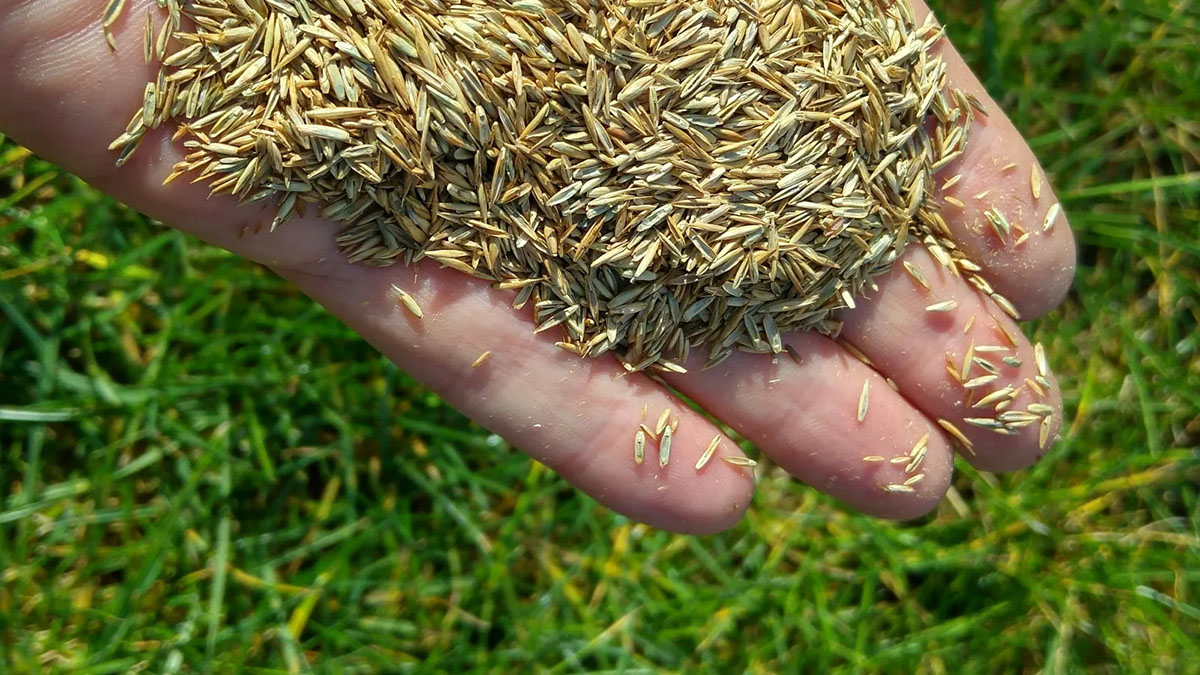
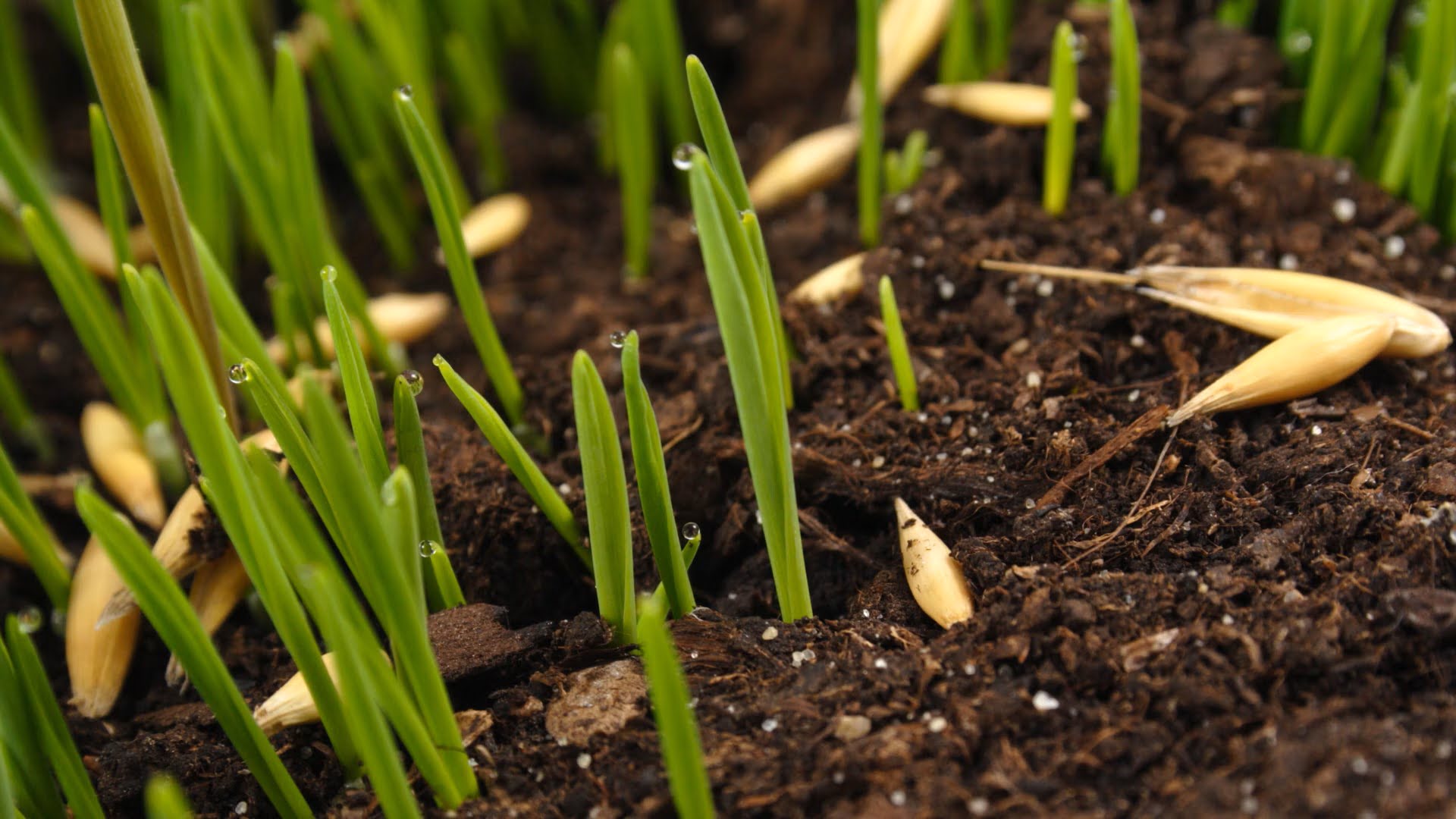
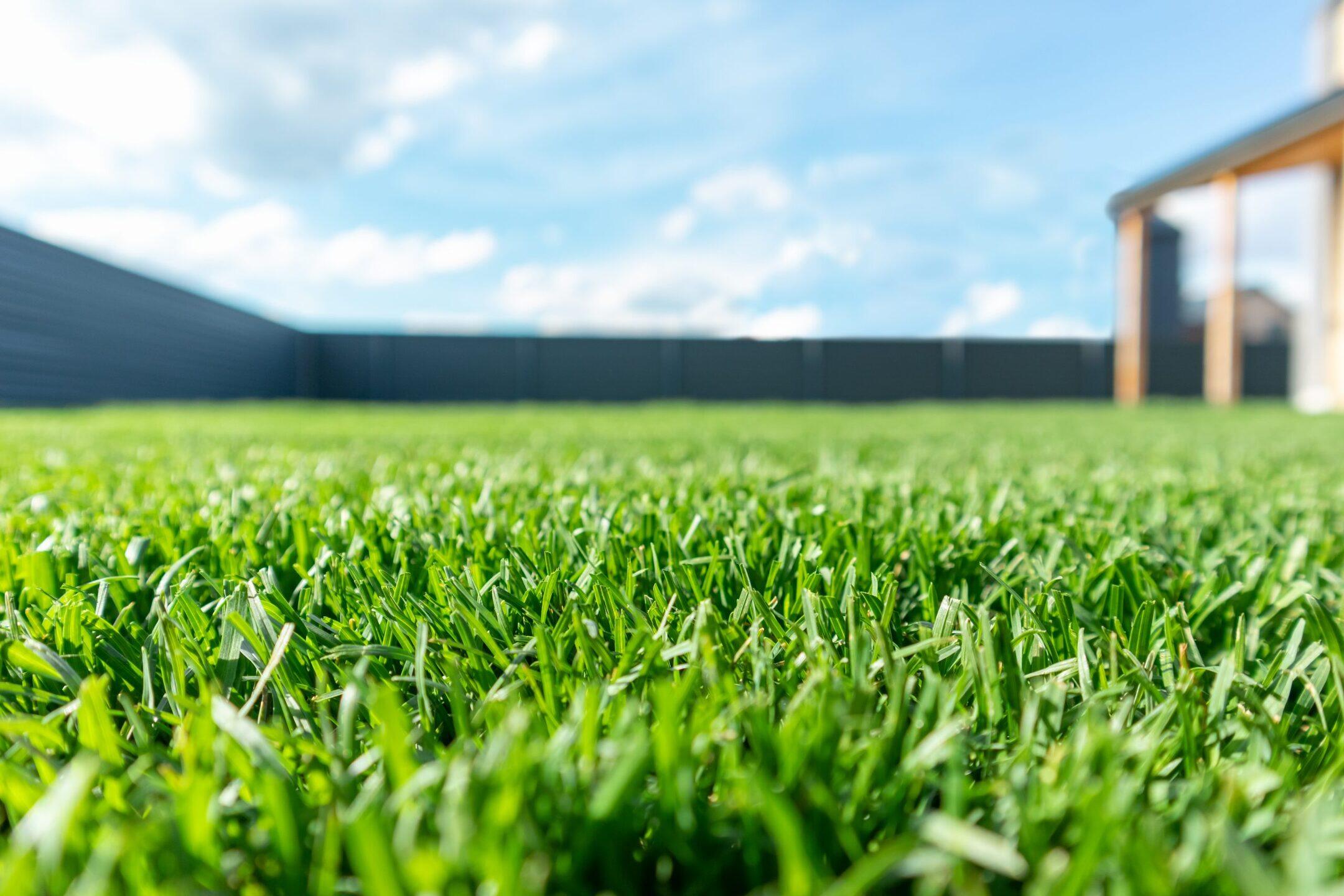
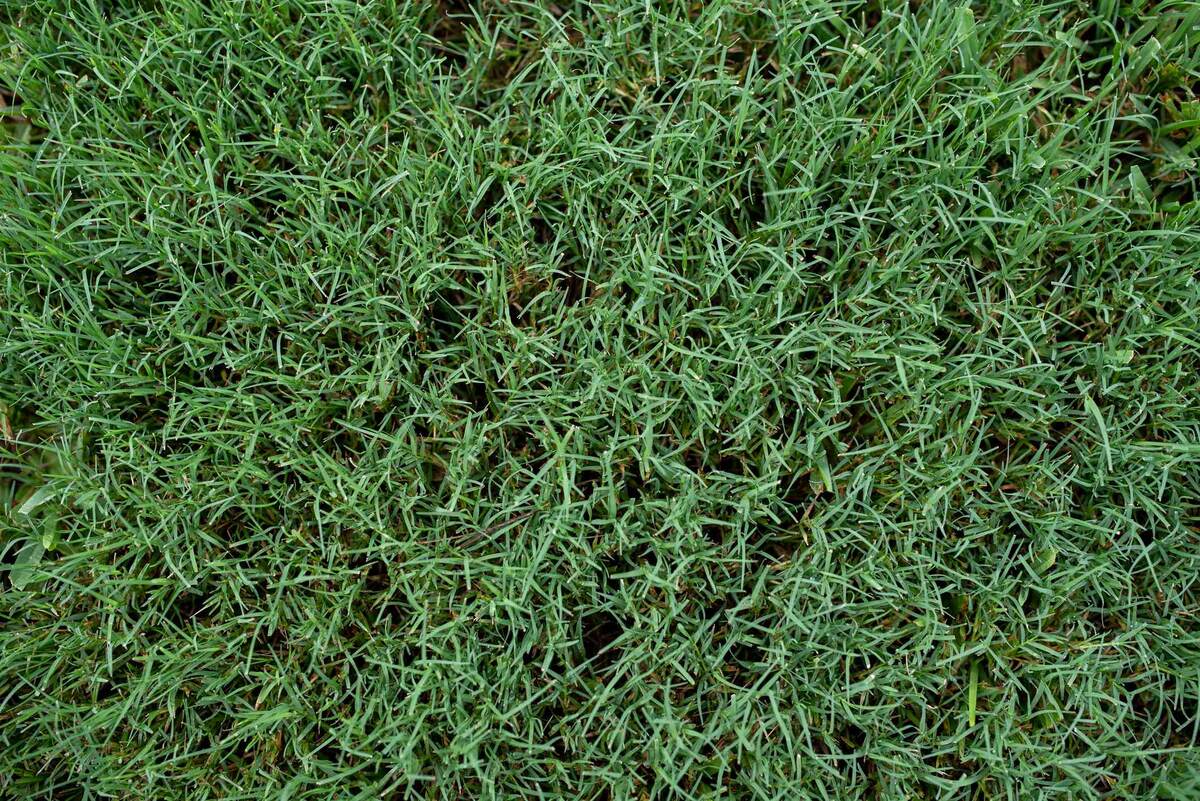
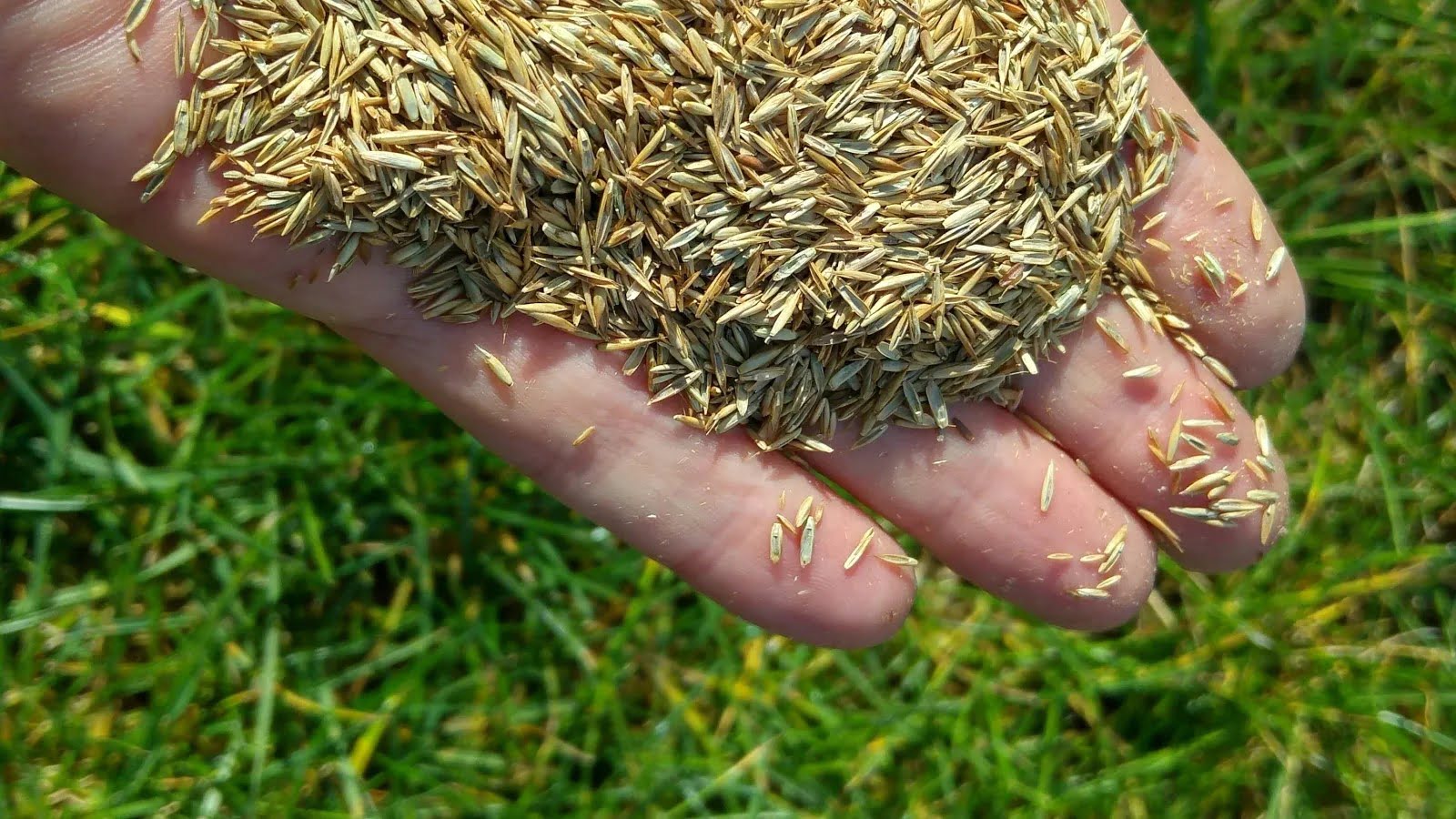
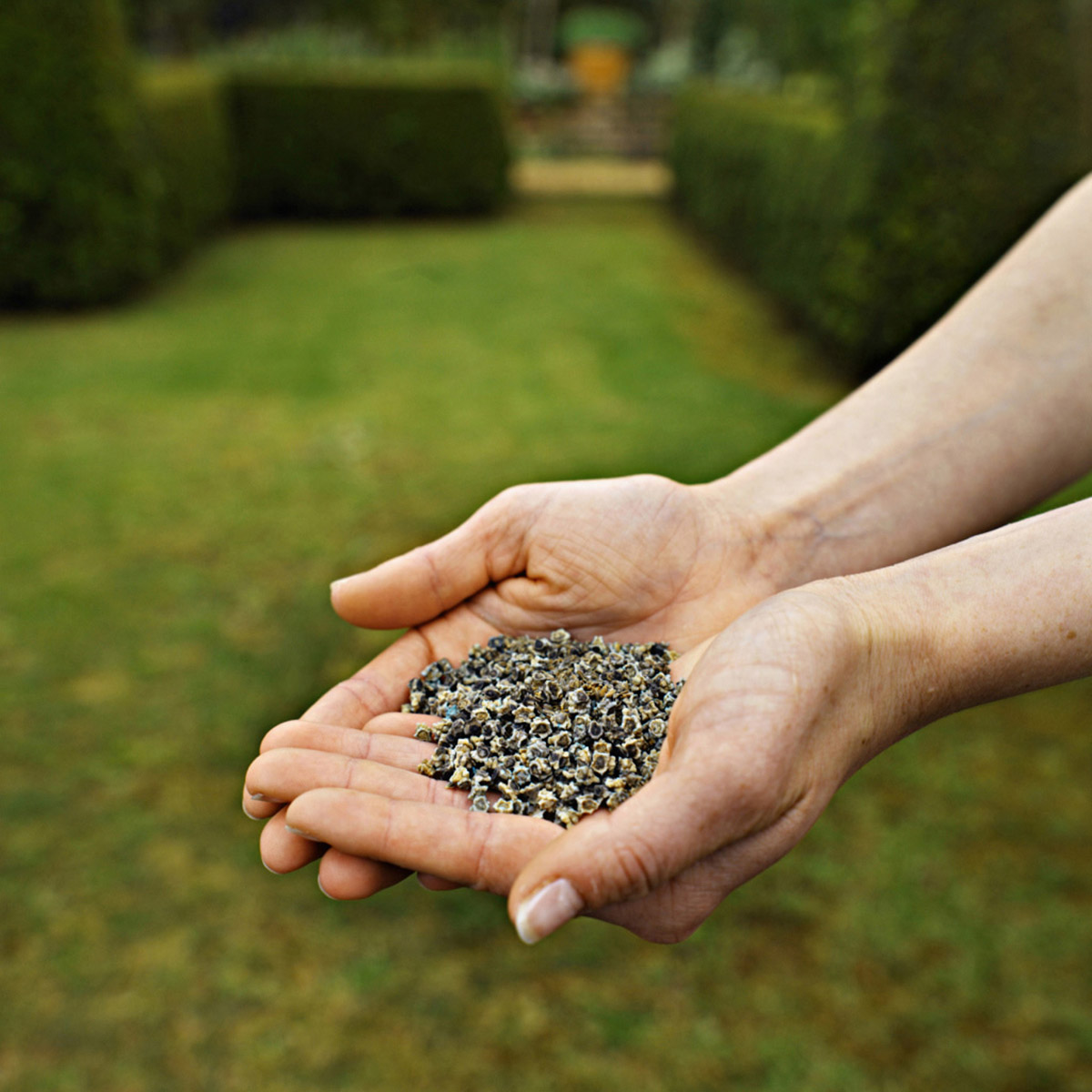
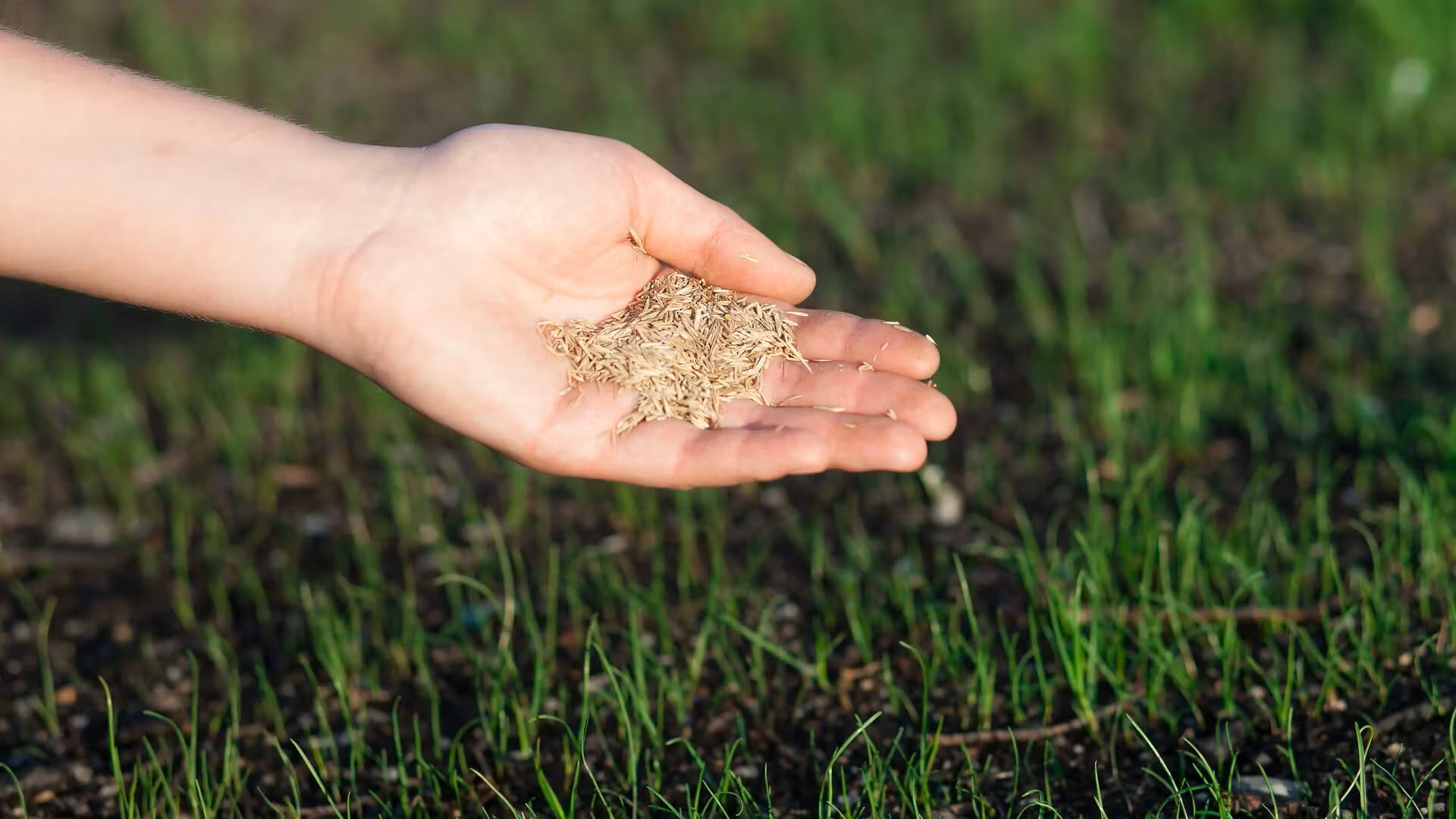
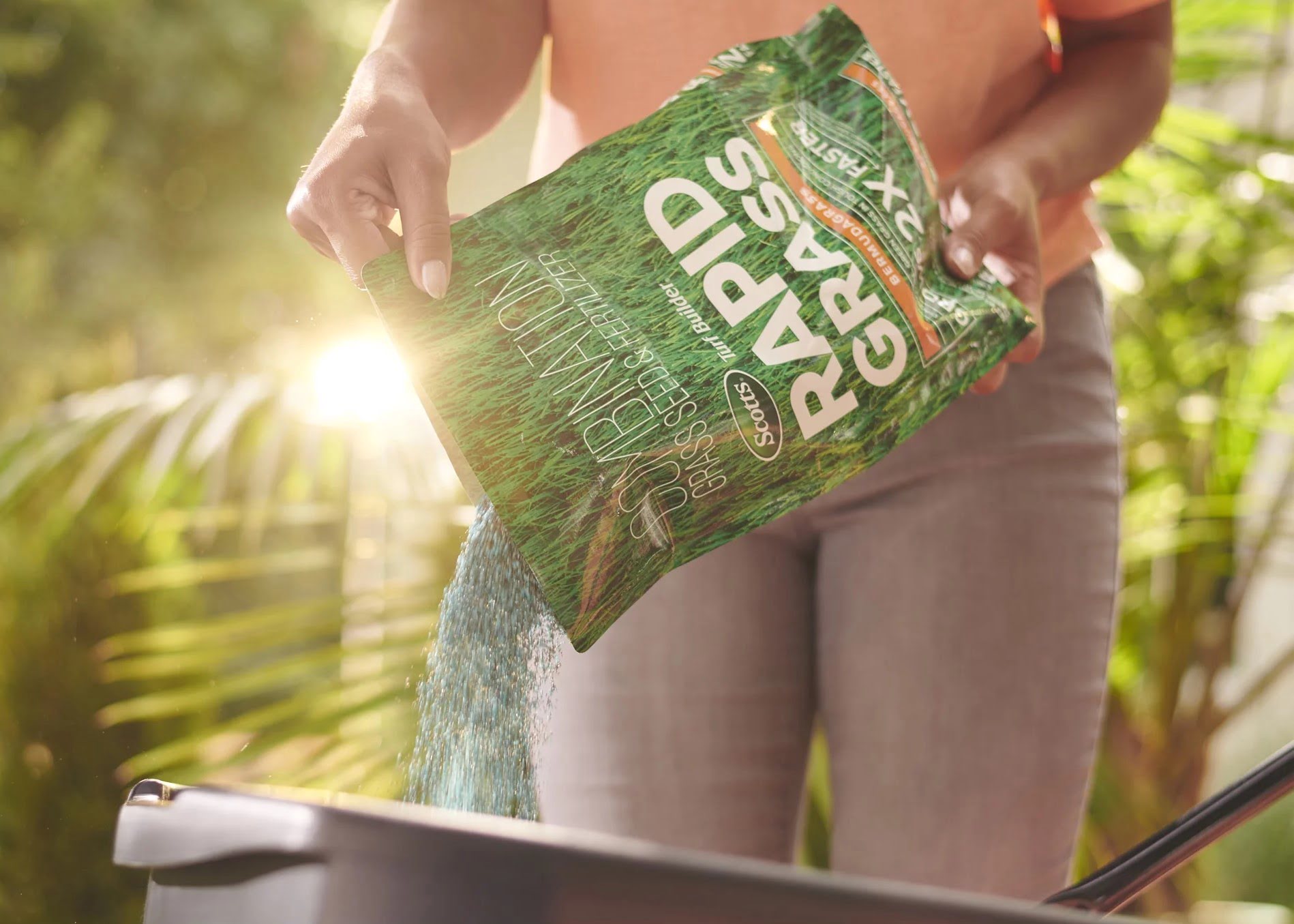
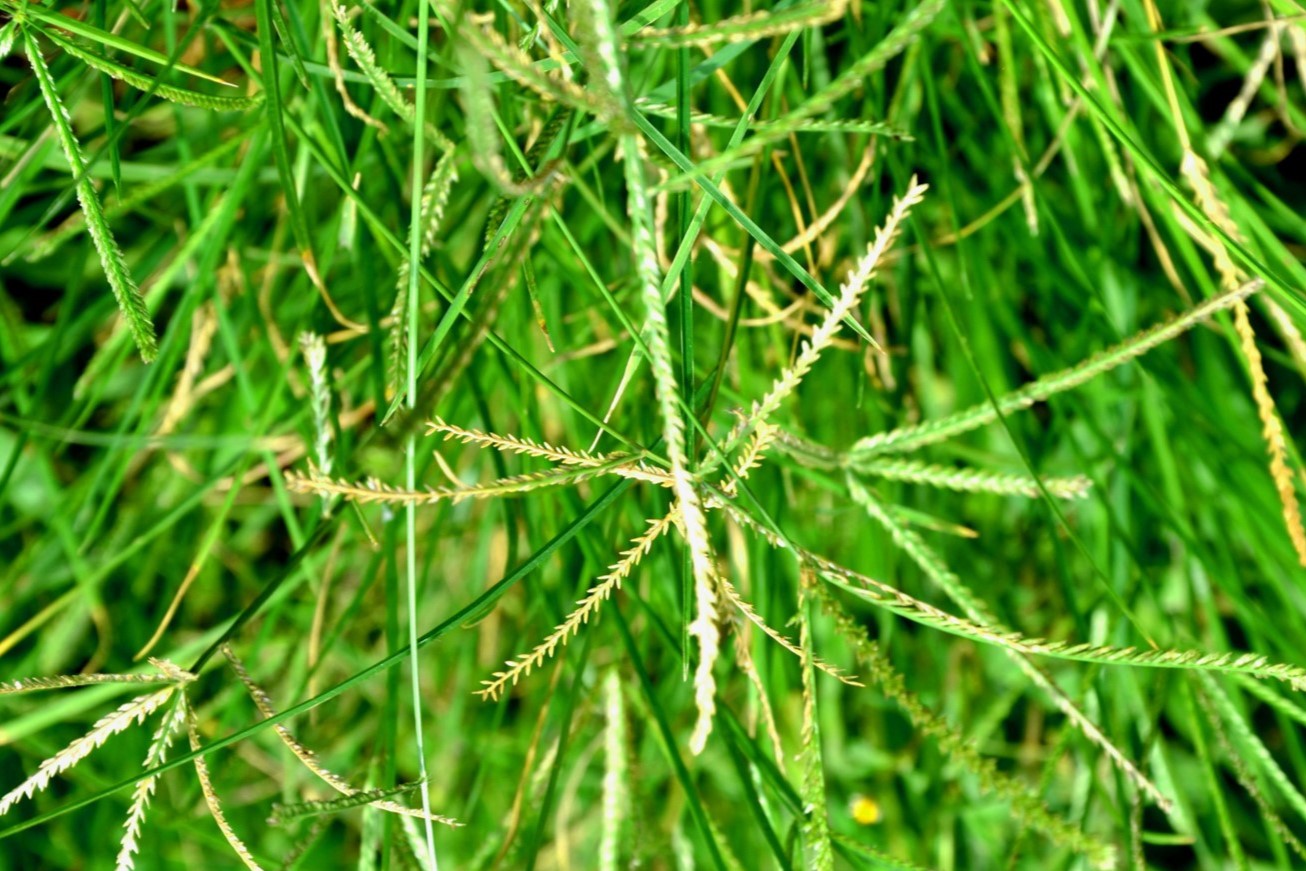
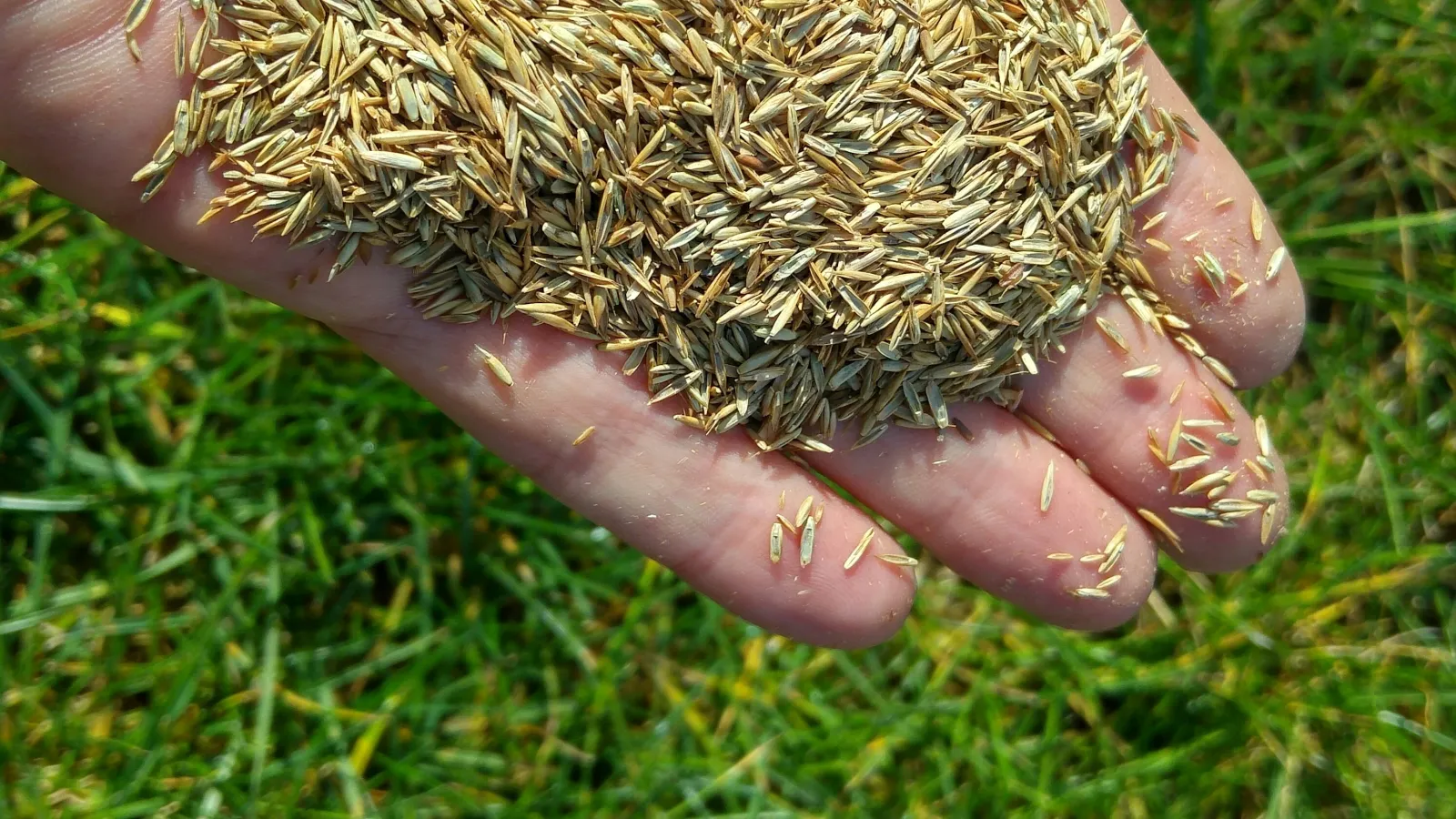
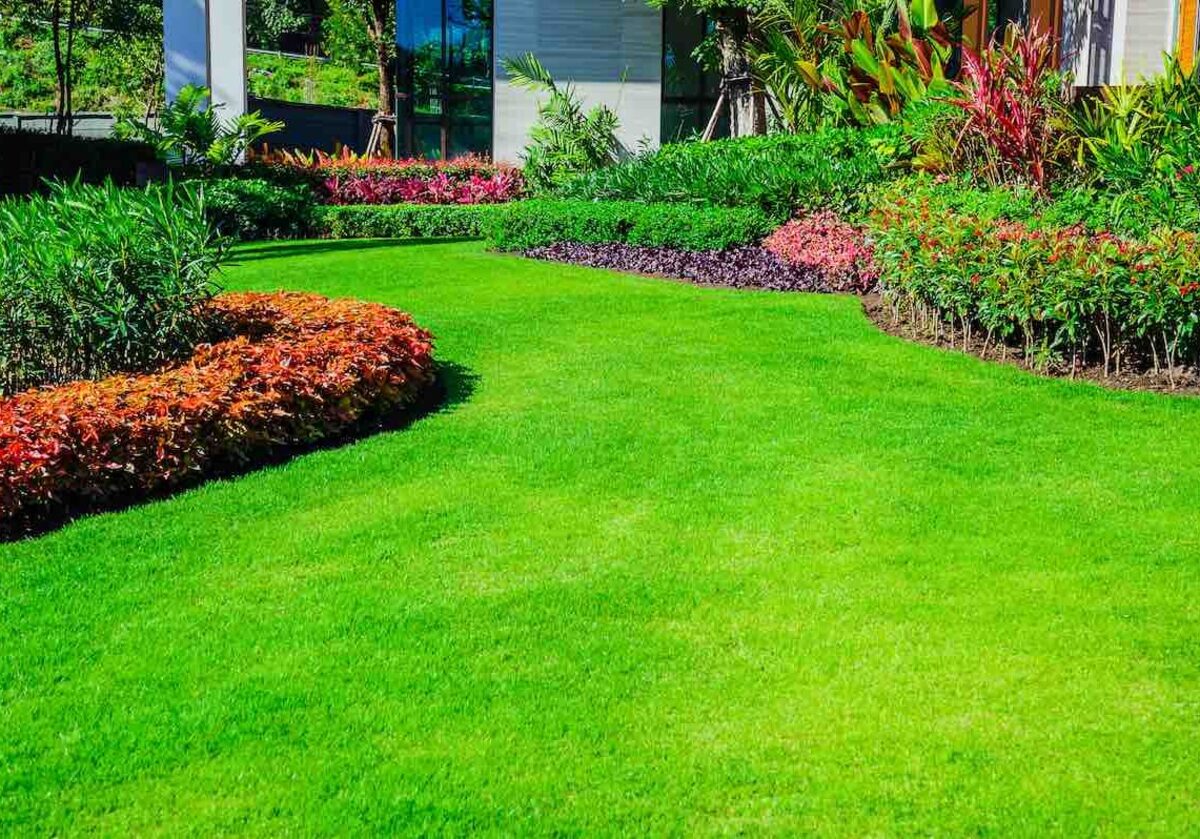

0 thoughts on “How To Plant Bermuda Seeds”